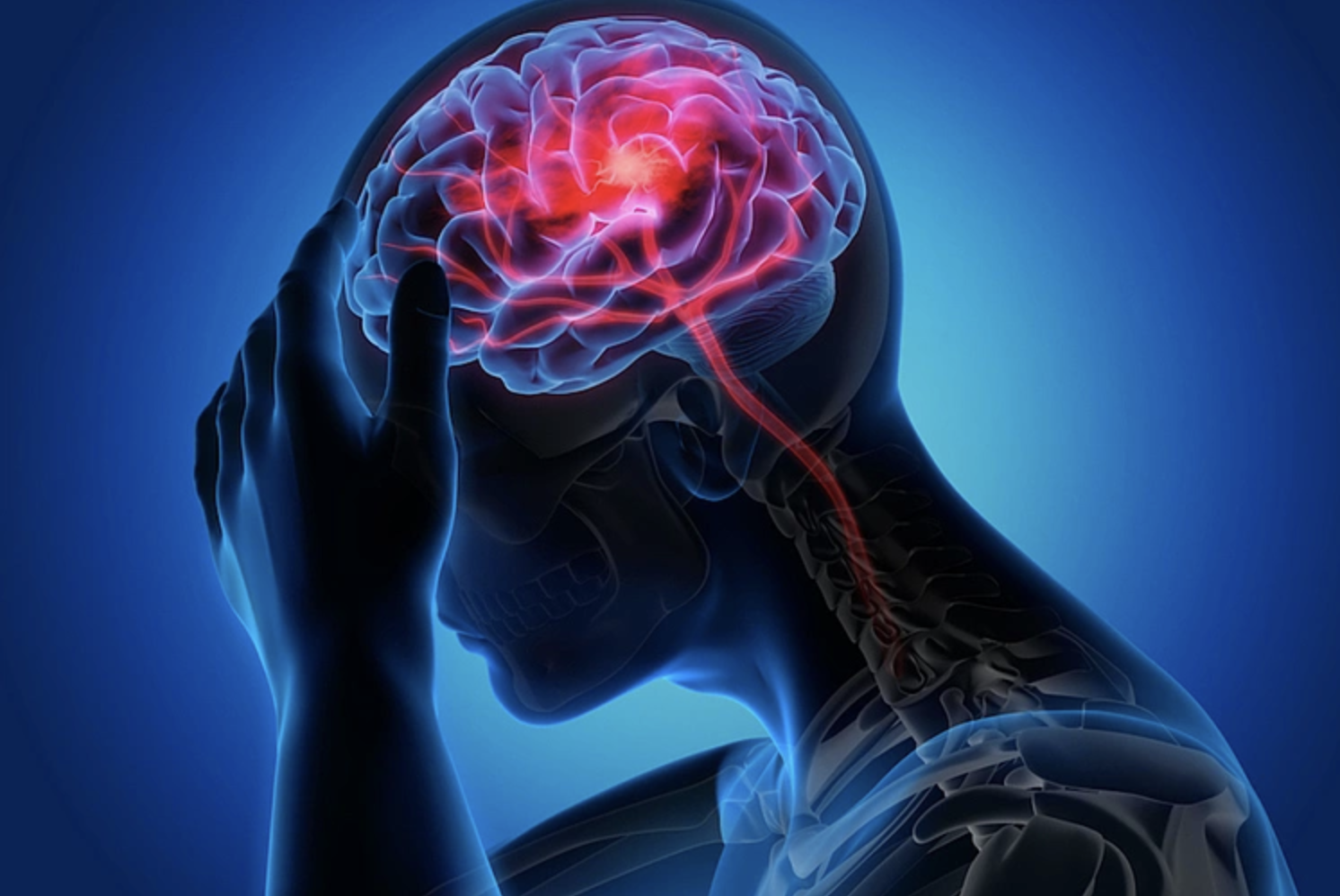According to Dr. Kieu Xuan Thy, Deputy Head of Facility 3 at the University of Medicine and Pharmacy Hospital in Ho Chi Minh City, both "heart attack" and "stroke" describe life-threatening emergencies that occur suddenly due to a lack of blood supply to an organ. Both conditions are often confused because their symptoms can appear suddenly and cause serious consequences if not treated promptly.
"These are two completely different diseases in terms of pathogenesis, symptoms, diagnostic approach, and treatment," Dr. Thy said. Understanding the difference between these two conditions is crucial for early recognition and appropriate action in emergencies.
Definitions
A heart attack, also known as a "myocardial infarction," occurs when the heart muscle is severely deprived of blood due to a blockage in one or more branches of the coronary arteries.
A stroke, also known as a cerebrovascular accident, is damage to a part of the brain due to loss of blood supply or bleeding in the brain. There are two main types: ischemic stroke (about 80% of cases) and hemorrhagic stroke (about 20%).
Causes
The most common cause of a heart attack is the rupture of atherosclerotic plaque in the coronary artery, forming a blood clot that blocks the artery. When the heart muscle doesn't receive enough oxygen for a short period, the heart muscle cells die.
Regarding strokes, ischemic strokes occur when a branch of a blood vessel in the brain is blocked by a blood clot, often related to atherosclerosis, atrial fibrillation, or increased blood clotting. Hemorrhagic stroke, on the other hand, is caused by a ruptured blood vessel in the brain, often seen in people with long-term uncontrolled high blood pressure.
Symptoms
Typical symptoms of a heart attack include severe chest pain in the center or left side of the chest, a squeezing or pressing sensation, pain radiating to the left shoulder, left arm, or jaw, accompanied by shortness of breath, sweating, nausea, or dizziness. In some cases, patients may not experience obvious chest pain, especially the elderly, women, or those with underlying diabetes.
The manifestations of a stroke are quite characteristic with localized neurological symptoms such as sudden weakness or paralysis on one side of the body, facial drooping, slurred speech, difficulty speaking, loss of balance, impaired consciousness, or even coma.
 |
Illustration of a person experiencing a stroke. Image: iStock |
Diagnosis
The diagnostic approaches for these two conditions also differ. For a heart attack, an electrocardiogram (ECG) is a quick and basic diagnostic tool to detect typical electrical changes such as ST elevation or pathological Q waves. At the same time, cardiac enzyme tests like Troponin I or T help determine the extent of heart muscle damage. Echocardiography and coronary angiography are the next steps to assess the extent and location of blood vessel damage.
For stroke, diagnosis is based on neuroimaging. A CT scan of the brain is the first-line test to distinguish between ischemic and hemorrhagic stroke. In necessary cases, an MRI of the brain can provide more precise information about the location and extent of brain tissue damage. Supplementary methods such as carotid Doppler ultrasound, ECG, and coagulation tests play a role in determining the cause and assessing the risk of recurrence.
Treatment
The emergency treatment of these two types of strokes is distinctly different. For an acute heart attack, the treatment principle is to restore coronary blood flow as soon as possible. If possible, patients should undergo percutaneous coronary intervention to place a stent or receive thrombolytic medication if intervention is not immediately possible. Antiplatelet drugs, statins, and antihypertensive medications are also used to control risk factors.
In stroke treatment, if it is an ischemic stroke and the patient is eligible, intravenous thrombolytic therapy (rtPA) may be administered within the 4.5-hour "golden window." Additionally, some cases may require mechanical thrombectomy if there is a large vessel occlusion. Conversely, for hemorrhagic stroke, the goal is to control blood pressure, reduce intracranial pressure, and surgically drain the accumulated blood if indicated. After the acute phase, both types of stroke require rehabilitation and close monitoring to prevent recurrence.
Commonalities
Both conditions share common cardiovascular risk factors such as high blood pressure, diabetes, dyslipidemia, smoking, a sedentary lifestyle, and chronic stress.
Therefore, the most effective preventive measures are controlling risk factors, having regular health checkups, and adhering to treatment for underlying conditions. Early recognition of warning signs and transporting the patient to a medical facility within the "golden time" are crucial for saving lives and minimizing long-term consequences.
My Y












